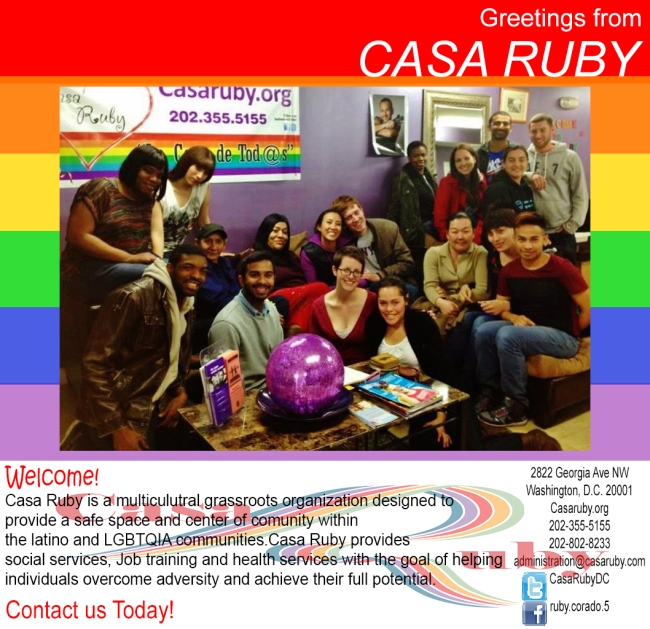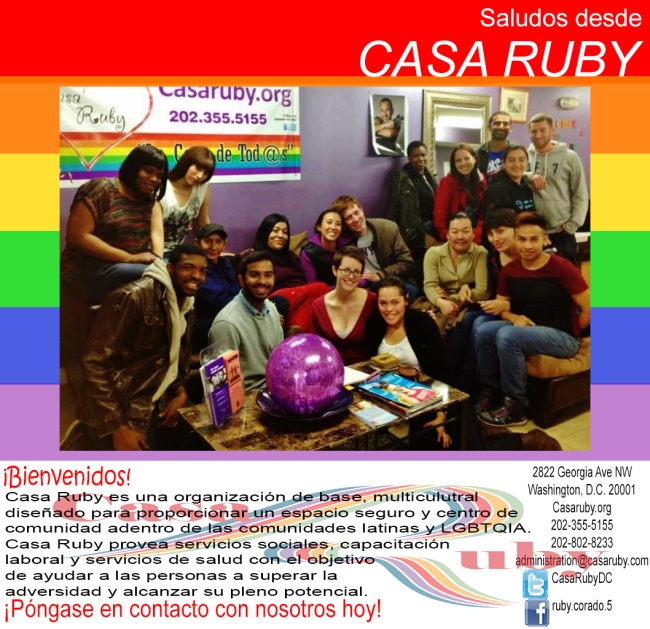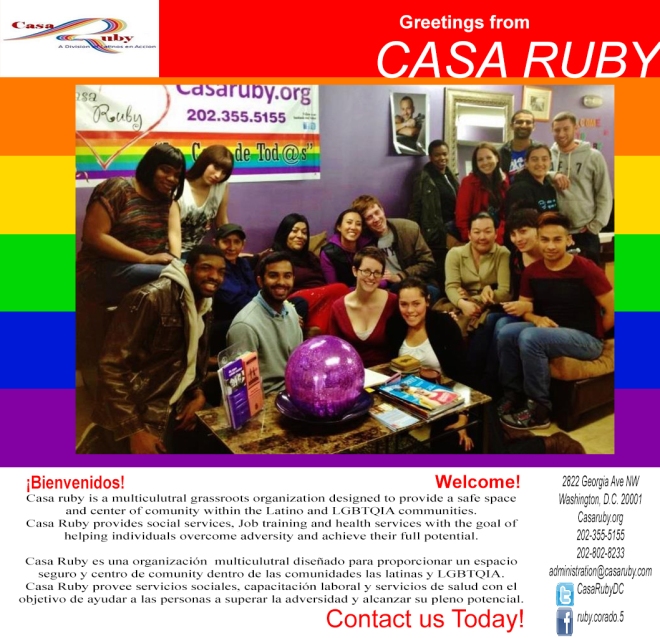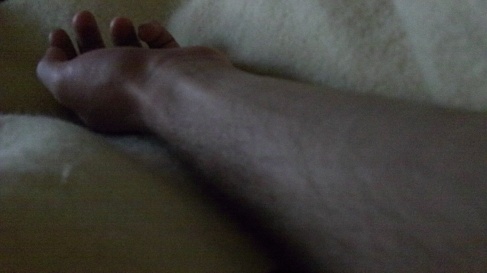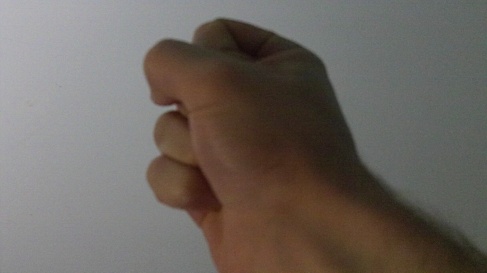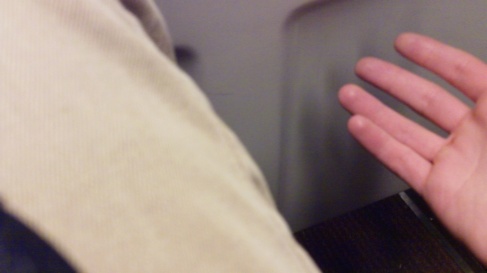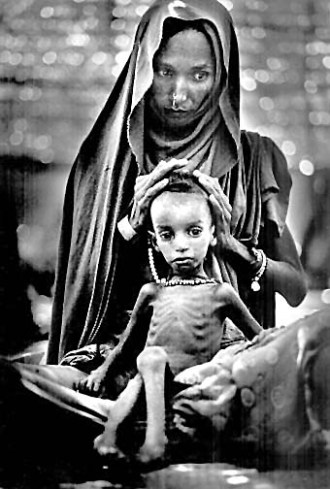Casa Ruby Write-up: Flier
Overall I found the process of creating this flier to be fun and informative. I have never had to do something like this assignment before and it was a painless experience that I feel was valuable to my general knowledge and perhaps future career life. It not only showed me how to cooperate and work with a group but it also showed me what it is like to work for and with a real world client for a real organization. I feel good that I was (hopefully) able to help in small part, a good cause market itself and in so doing help people. But beyond that this assignment provided a practical application for all of the ideas and design concepts we had gone over throughout the class. When creating my flier I recalled information I had read in the textbooks, listened to in class and seen in photography and film clips we had witnessed. I remembered lessons about the meaning of lines and alignment as well as what fonts to use and why. I remembered lessons about photography and the meaning of images. Even the practice I got creating a resume and business card tied into making my flier the best it could be. There was a very clear continuity between classroom instruction and this assignment. In the end, I enjoyed this class and the final assignment by extension, more than I initially thought I would mostly as a result of how involved and helpful my classmates and professor was in the working process. Any question I had could be easily answered with a quick message to a group member; if I at any point felt directionless in my work all I had to do was take a glance at one of my textbooks or the syllabus to find a jumping off point. As a result of all of these factors I didn’t run into any issues or impediments to my success and therefore I don’t especially have any suggestions for alternative assignments. This project provided me with everything I had hoped for from the class. It taught me about design and made me visually literate and it gave me experience I might need it the future. Perhaps I would have enjoyed a final that was more like the painting to life assignment (creative group film project) because film is my focus, however this assignment was still (perhaps unexpectedly) interesting and fun for me. I have no real complaints.

